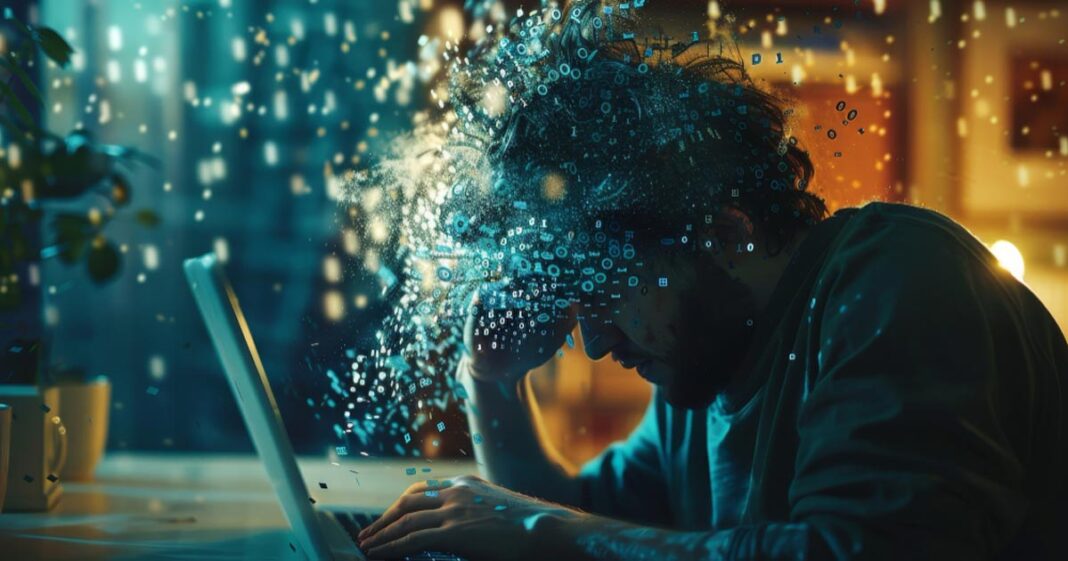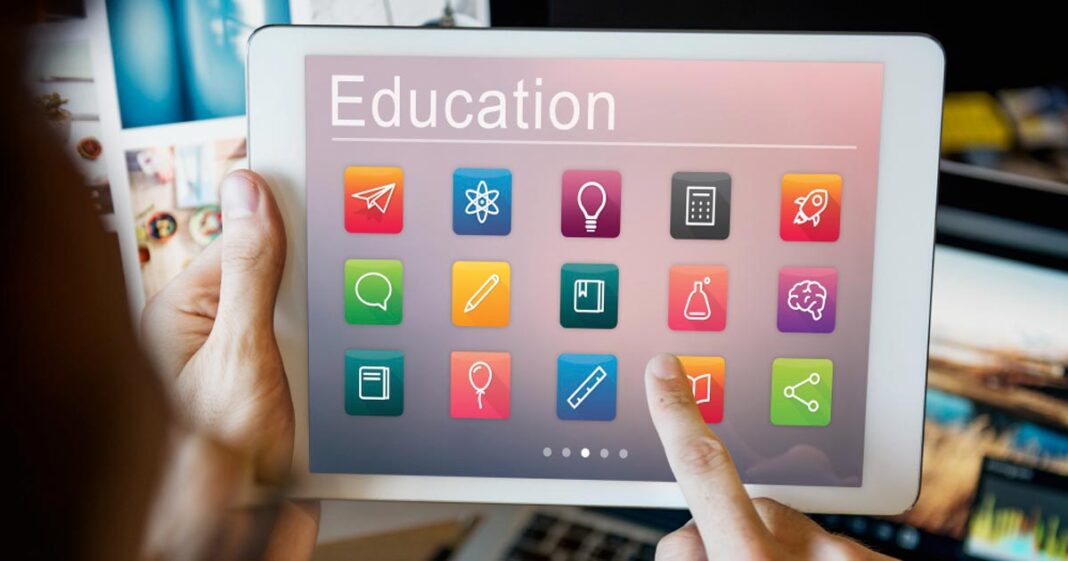
In an era where the internet has become the backbone of education, business, and communication, digital literacy is no longer optional—it is essential. From students attending virtual classrooms to entrepreneurs leveraging e-commerce, digital proficiency is shaping careers and transforming lives. In India, where technological advancements are reaching every corner, digital literacy is empowering individuals to break barriers and achieve remarkable success.
What is Digital Literacy?
Digital literacy goes beyond basic computer skills; it encompasses the ability to find, evaluate, and communicate information using digital technologies. It includes navigating the internet safely, using software efficiently, understanding cybersecurity, and leveraging digital tools for problem-solving. As India moves towards a digital economy, being digitally literate is crucial for students, professionals, and even small business owners.
Why Digital Literacy Matters in India?
India has witnessed an exponential rise in internet penetration, thanks to affordable smartphones and initiatives like Digital India. However, access to technology alone is not enough. The real challenge is ensuring that individuals can use these tools effectively. Digital literacy is the bridge that connects people to opportunities, helping them:
- Improve employability: Many companies prioritize candidates who are tech-savvy.
- Enhance education: Students with digital skills can access better learning resources.
- Boost entrepreneurship: Digital marketing and online sales are game-changers for small businesses.
- Ensure security: Understanding cybersecurity helps prevent fraud and data breaches.
Success Stories of Digital Literacy in India
- Ramesh Patel: From Village Vendor to Digital Entrepreneur
Hailing from a small village in Gujarat, Ramesh Patel used to run a traditional grocery store with limited earnings. With guidance from a local digital literacy program, he learned to use online payment apps and e-commerce platforms. Today, he sells local handicrafts on Amazon India, earning significantly more than before. His story is a testament to how digital literacy can revolutionize small businesses.
- Ritu Garg: A Housewife Turned Tech Educator
Ritu Garg from Delhi had never touched a computer until she enrolled in a free government-led digital literacy course. She learned coding basics and software applications, eventually becoming a digital trainer for underprivileged students. Her efforts were recognized when she received the Nari Shakti Puraskar from the Government of India.
- Anil Kumar: The Auto-Rickshaw Driver Who Became a YouTuber
Anil Kumar, an auto-rickshaw driver in Mumbai, struggled to make ends meet. After attending a digital skills workshop, he started a YouTube channel offering city tour guides and travel tips. Within two years, his channel gained over 500,000 subscribers, and he now earns more than his previous monthly income through advertisements and sponsorships.
Government and Private Sector Initiatives
The Government of India and various private organizations have launched initiatives to improve digital literacy, including:
- Pradhan Mantri Gramin Digital Saksharta Abhiyan (PMGDISHA): Aiming to make six crore rural households digitally literate.
- DigiLocker: Encouraging citizens to store essential documents digitally.
- Google’s Internet Saathi: Training rural women in digital skills.
- Infosys Foundation’s Digital Literacy Program: Empowering students and professionals with digital tools.
Challenges in Digital Literacy
Despite the progress, India faces several challenges in achieving widespread digital literacy:
- Digital Divide: Rural areas still have limited access to digital education.
- Lack of Awareness: Many people are unaware of digital literacy programs.
- Cybersecurity Issues: Increased digital adoption has led to rising cyber threats.
The Road Ahead
India’s digital future looks promising. With increasing awareness, investments in digital infrastructure, and a growing emphasis on online education, the country is well on its way to becoming digitally empowered. However, for true digital transformation, every individual must take the initiative to enhance their skills, whether through online courses, community programs, or self-learning.
Conclusion
Digital literacy is the passport to a brighter future. As we celebrate the success stories of individuals who leveraged digital skills to transform their lives, it is clear that technology can be an equalizer. Whether it’s a student accessing global knowledge, an entrepreneur reaching new markets, or a worker upskilling for better job prospects, digital literacy is the key to unlocking infinite possibilities. As India marches toward a digital-first future, embracing and promoting digital literacy will be the cornerstone of national progress.
With compelling real-life stories and tangible impact, digital literacy is no longer just a skill—it’s a necessity for the modern learner. Let’s ensure that no one is left behind in this digital revolution.





